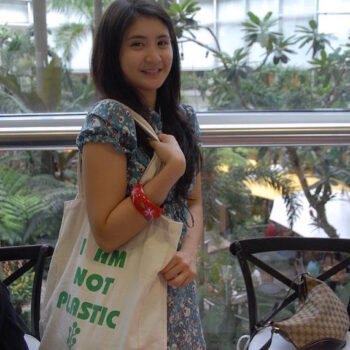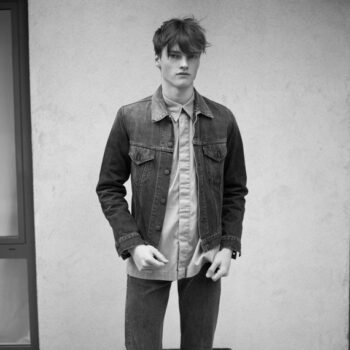An interview with fitting model Rebecca Uzong
January 26, 2018I met Rebecca Uzong whilst we were acting together and she’s one of the most humorous, friendliest people I know, making those 6am call times into something approaching… fun? She also happens to work in the fashion industry as a fitting model, and of course I was all ears to hear about her job.
Rebecca is a fitting model , one of the unsung heroes of the fashion world. She is the one who patiently allows high street designers to try their new designs on her, checking that they look and feel good, and that we, the eventual buyers, will be able to move in the finished items and that the clothes look great on a real woman and not just in a sketchbook. I was happy to be able to get our conversation down in the form of an interview.

Fitting model Rebecca Uzong. Photo via Rebecca Uzong.
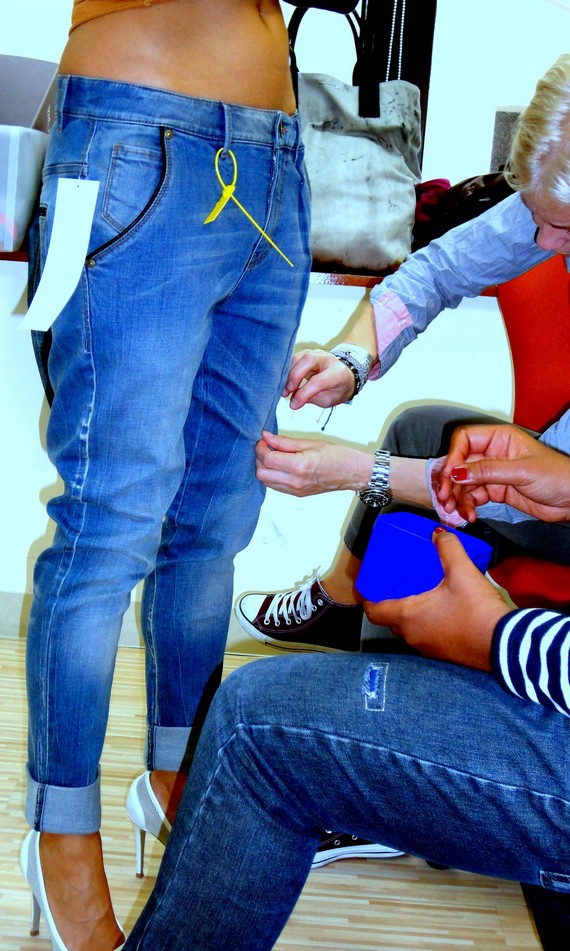
Live model Fitting of Ladies Denim Pant.
Fahad Faisal, CC BY-SA 4.0, via Wikimedia Commons
Genevieve Jones: Why did you decide to become a fitting model and how did you get into the industry?
Rebecca Uzong: I had been trying to get into fitting for some years prior to this, but never had any luck. I just decided one day after seeing a posting on a website for a leading agency in London to re-apply. I did however this time apply for my correct size! (we all like to think we’re smaller then we are – ha-ha). The moral here is that learning to embrace who you are, and being true to one’s self can bring about positive change. Trying to be something you are not is too much hard work frankly, and rarely brings about what you truly need.
GJ: What are the requirements for working as a fitting model ? Do you need to keep your measurements consistent to stay a certain size, for example? And be extremely body confident?
RU: The measurements depend on what size you are, but yes if you are booked in on measurements, then you really should stay at those measurements (I have seen a girl turned away from a job once because her measurements were not correct- a fitting model ’s worst nightmare!). There is a bit of allowance, about 10% I believe, on either side, but don’t quote me on that.
I found that my body confidence has grown since starting. I used to be really scared to take off my clothes and the first time I left my leggings a home by accident, I had a small internal freak-out! The realisation that I would have to get measured in my underwear made me want to run and hide! When I first started I tried to avoid stripping down to my underwear as much as possible. But I came to realise that no-one cared, that for the most part it was in my head and that the size 8 and 10 fitting model s were not judging me…. I was judging myself. I eventually found standing in my underwear in front of strangers to be rather liberating, especially when you’re a plus size lady with wobbly bits.
GJ: What kind of things do you give feedback to the designers over?
RU: How it feels, if I can move and sit comfortably or if it’s too short in length.
GJ: Do they always make the changes you suggest?
RU: Most of the changes the fitting technician would usually pick up before I even said anything, but sometimes especially when it comes to more individual aspects of someone’s body e.g. length of arms or the rise on the back of a pair of jeans. This will determine how the garment fits and so will be considered by the technician as to whether it turns out to be an issue or whether it’s just because a model has rather long legs or a particularly larger bottom than your average woman.
You see the whole point is for the fitting technician to establish a fit for most women, for whatever size they are fitting for. They are not really making clothes to fit our exact body, but we are there so that they get an over all idea on how it would fit on the masses.
GJ: There is a lot of push for change around issues of catwalk and photo model’s size, weight and ethnic diversity. Is this something that affects fitting model s, too?
RU: For the most part these issues don’t affect us too much. I think there is a plus size revolution taking hold though. Plus size ladies are probably the most confident; and I have found that very inspirational. I would say that I do think that ethnic diversity could be a bit better. I still think women of ethnic backgrounds tend to not go into these industries as much, resulting in a lack of representation. This is also due to other factors with in the industry.
GJ: What’s the best thing about being a fitting model ?
RU: The hours are great. It also helps when you know the clothes have been fitted on you, because then you know it’s most likely going to fit perfectly when buying – massive perk of the job!
GJ: And the worst?
RU: When you must wear high heels; it can be a bit uncomfortable. For some models who don’t have permanent slots there can be quiet periods without much work. But that isn’t really a down-side as such because every model knows that this is the nature of the job and accepts it. And trying to maintain your weight can sometimes be difficult, especially after Christmas …we all get a bit bloated with one too many mince pies!



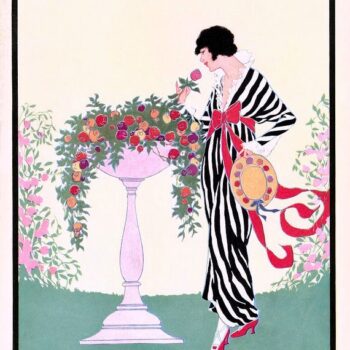
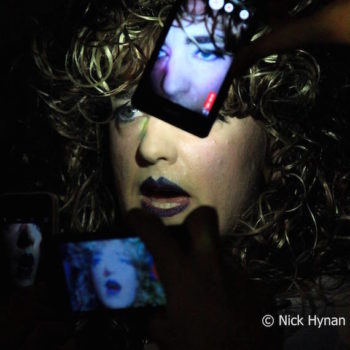


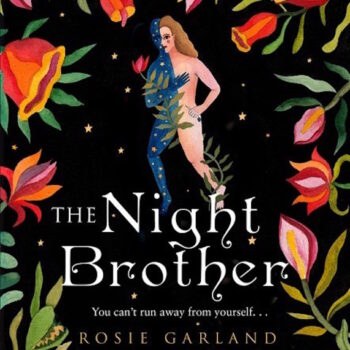
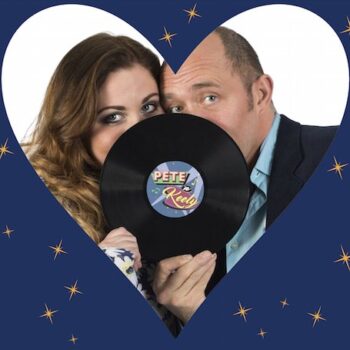
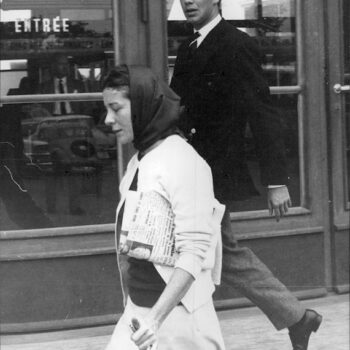
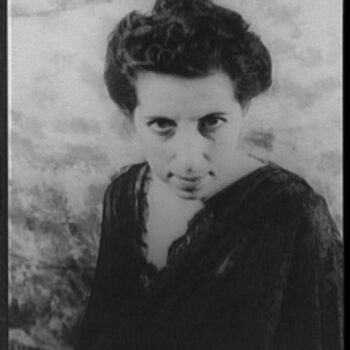
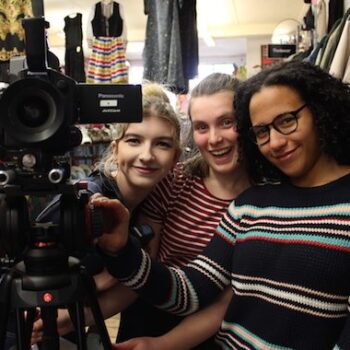
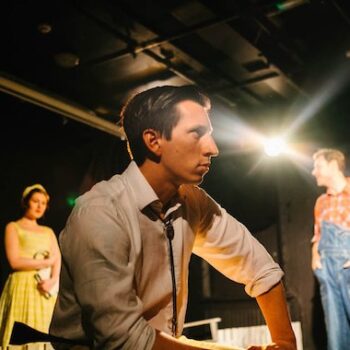
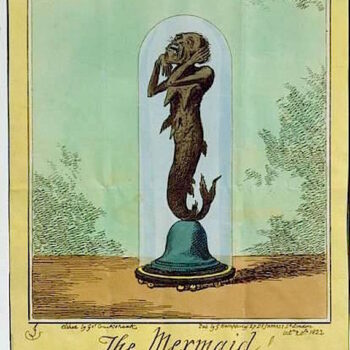
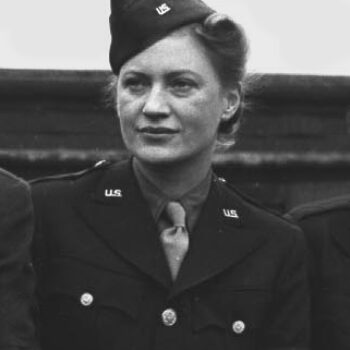
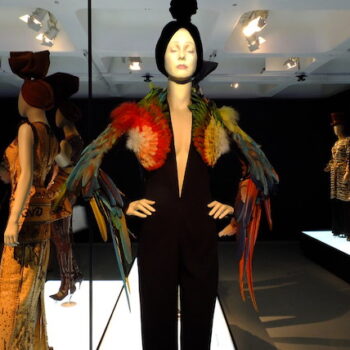
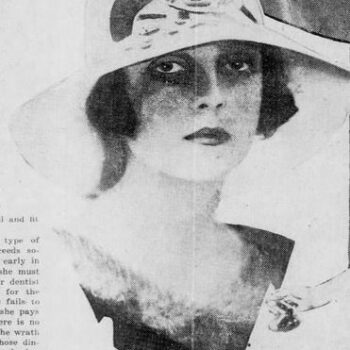
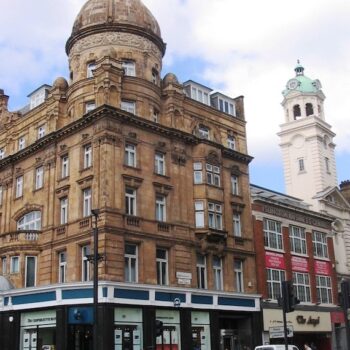
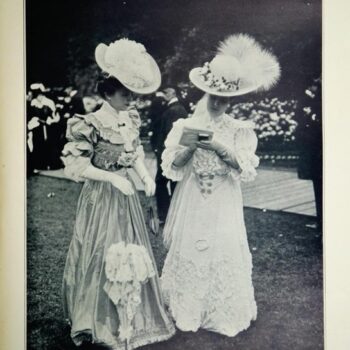
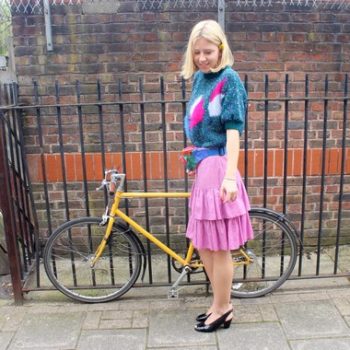
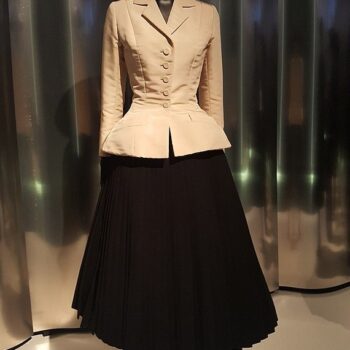
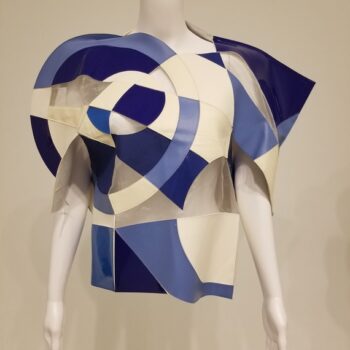
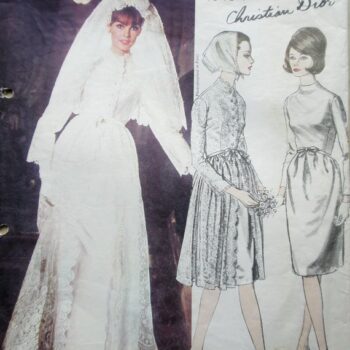
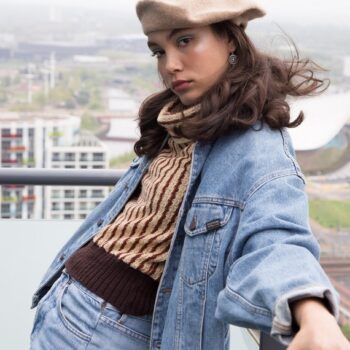
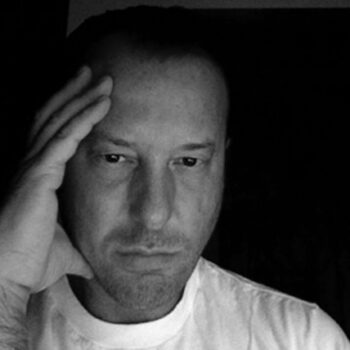
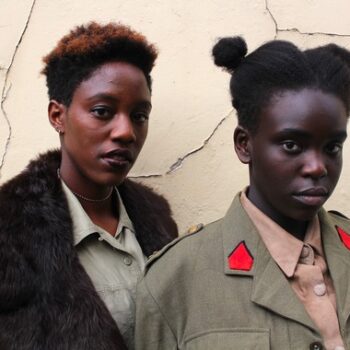
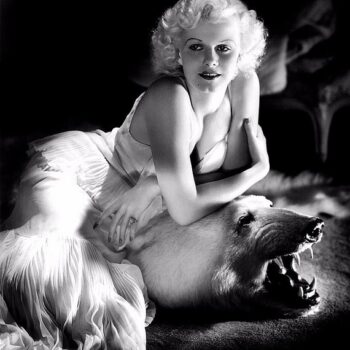
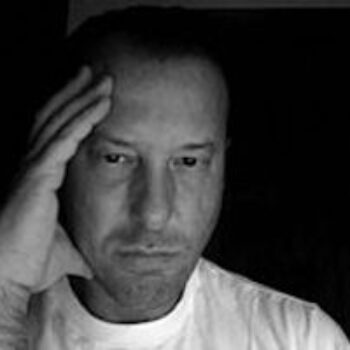
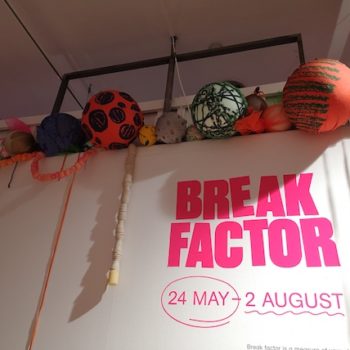
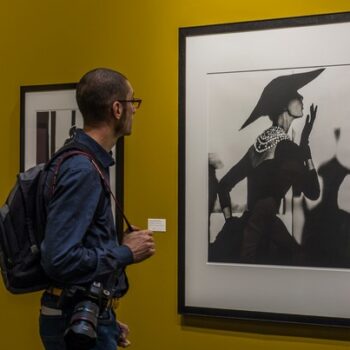
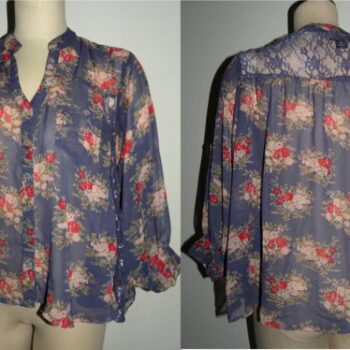

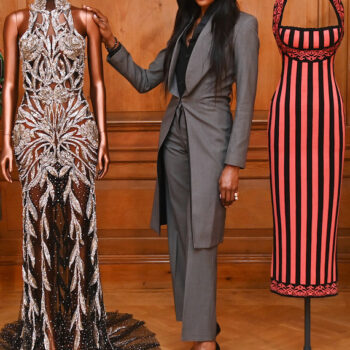
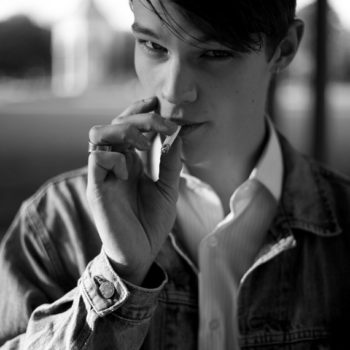
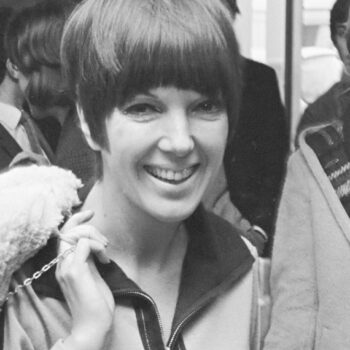
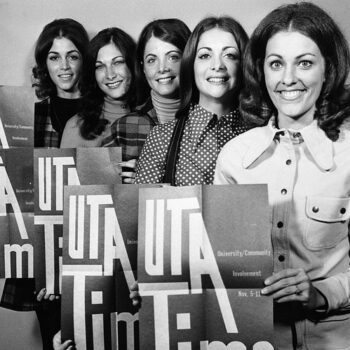
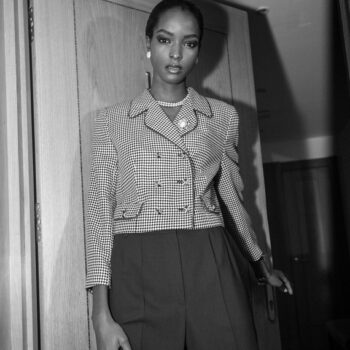
![Azzedine Alaïalogo. By alaia.fr (alaia.fr) [Public domain], via Wikimedia Commons](https://www.blue17.co.uk/wp-content/uploads/2017/11/Azzedine_Alaïa__Alaia__corporate_logo-350x350.png)
